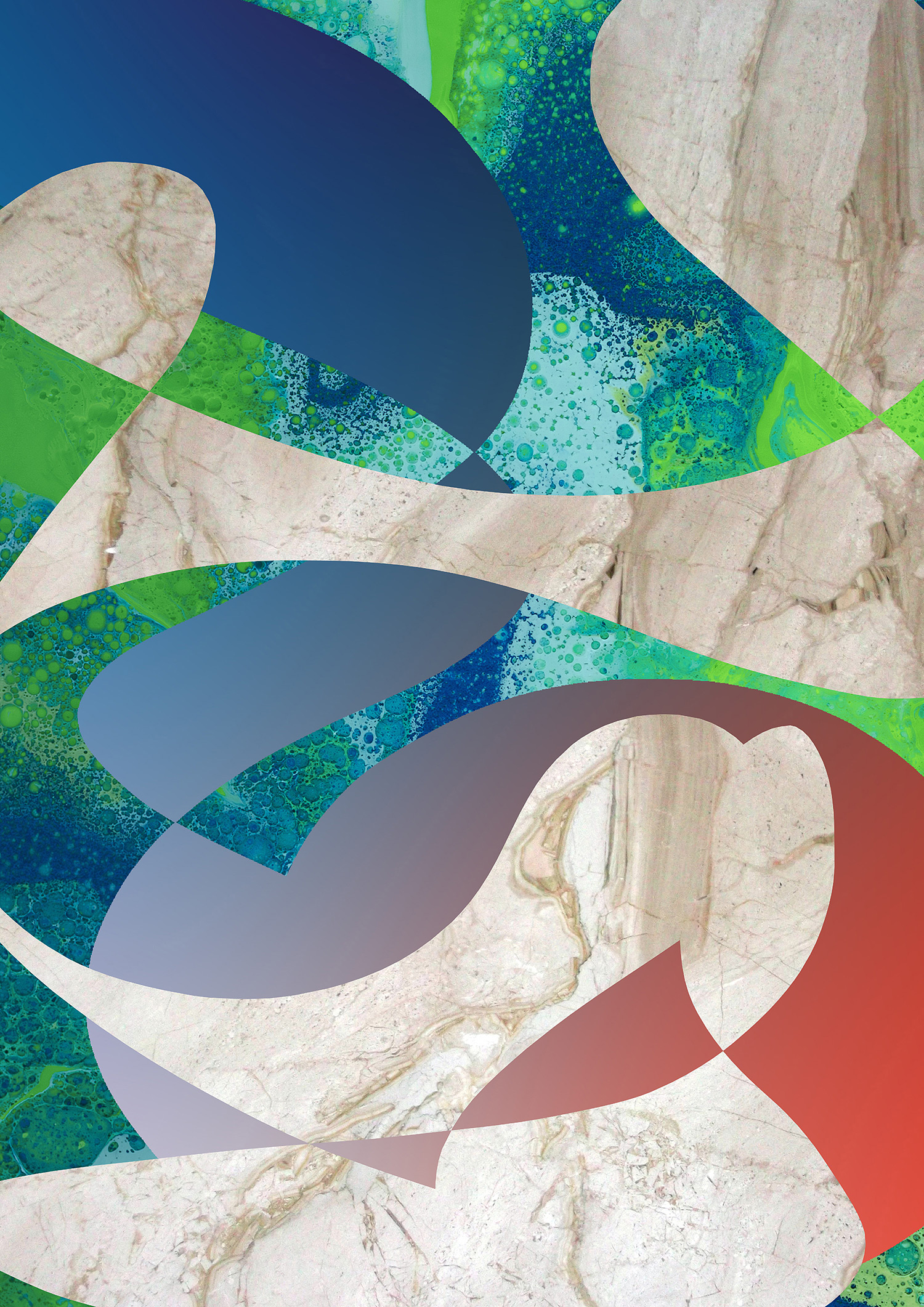Visuelle Kommunikation
Master
Taku Okamoto
Order and Disorder: Dissolution and Positive Confusion



The research objective of my Master’s thesis is to investigate the order and disorder in abstract art and typography and how positive confusion can be achieved through seeing these works in a specific manner.
Ever since new technologies began appearing during the industrial revolution, the conflict between order and disorder became a primary matter in the history of art and graphic design. As Walter Benjamin predicted, new technologies completely changed the aesthetics of beauty, its rhythm, and this influenced later art movements such as the Arts and Crafts movement.
Especially after the Arts and Crafts movement, pure geometry turned into the primary matter in visual fields such as Italian Futurism, Art Deco, Constructivism, Surrealism, or Dada. Cubism also is one of the examples that use pure geometry. I shall also pay attention to the way primitive cultures influenced the movement, and not only art movements. The relationship between Picasso and African tribal works is one of the examples. In 1907, Picasso had a “revelation” while viewing African art at the Ethnographic Museum at the Palais du Trocadéro. Other artists such as Sophie Taeuber-Arp, Paul Klee, and Josef Albers were also inspired by such an excursion. This movement also influenced a lot of other fields such as typography, and the respective approach was also assumed by, among others, Max Bill and Emil Ruder. Emil Ruder is well-known in the field of typography for his development of a holistic approach to design and education that comprised its theory and a systematic, practical methodology such as the way to create rhythm and kinetics.
Psychologist Rudolf Arnheim noted in his book, “order is a necessary condition for anything the human mind is to understand”. It enables us to focus on what is alike and what is different, what belongs together and what is separate. A beholder perceives an organized structure in the shapes and colours or sounds he faces. So what sort of order/disorder represents the superordinate level of information? The conclusion is that total disorder provides a maximum of information; and since information is measured by order, a maximum of order is conveyed by a maximum of disorder.
The rabbit–duck illusion by Joseph Jastrow is sometimes understood as either rabbit or duck. This is because the image does not contain any obvious instruction. Therefore, these visual images are actually a complicated assembly and can be perceived in multiple ways. Such misleading images can easily confuse viewers and create a pleasing ambiguity, because viewers can perceive the object in multiple ways and individual images are dissolved. This dissolving of rhythm and structure induces a positive confusion and a viewer senses the kinetic effects caused by an accumulation of different elements in the picture.
Taku Okamoto
takuokamoto.com@gmail.com, www.takuokamoto.tk
Institut Visuelle Kommunikation, FHNW HGK, Freilager-Platz 1, CH-4023 Basel
+41 61 228 41 11, info.vis_com.hgk@fhnw.ch, www.fhnw.ch/hgk/ivk



